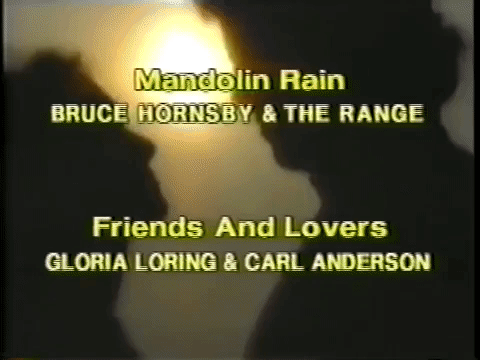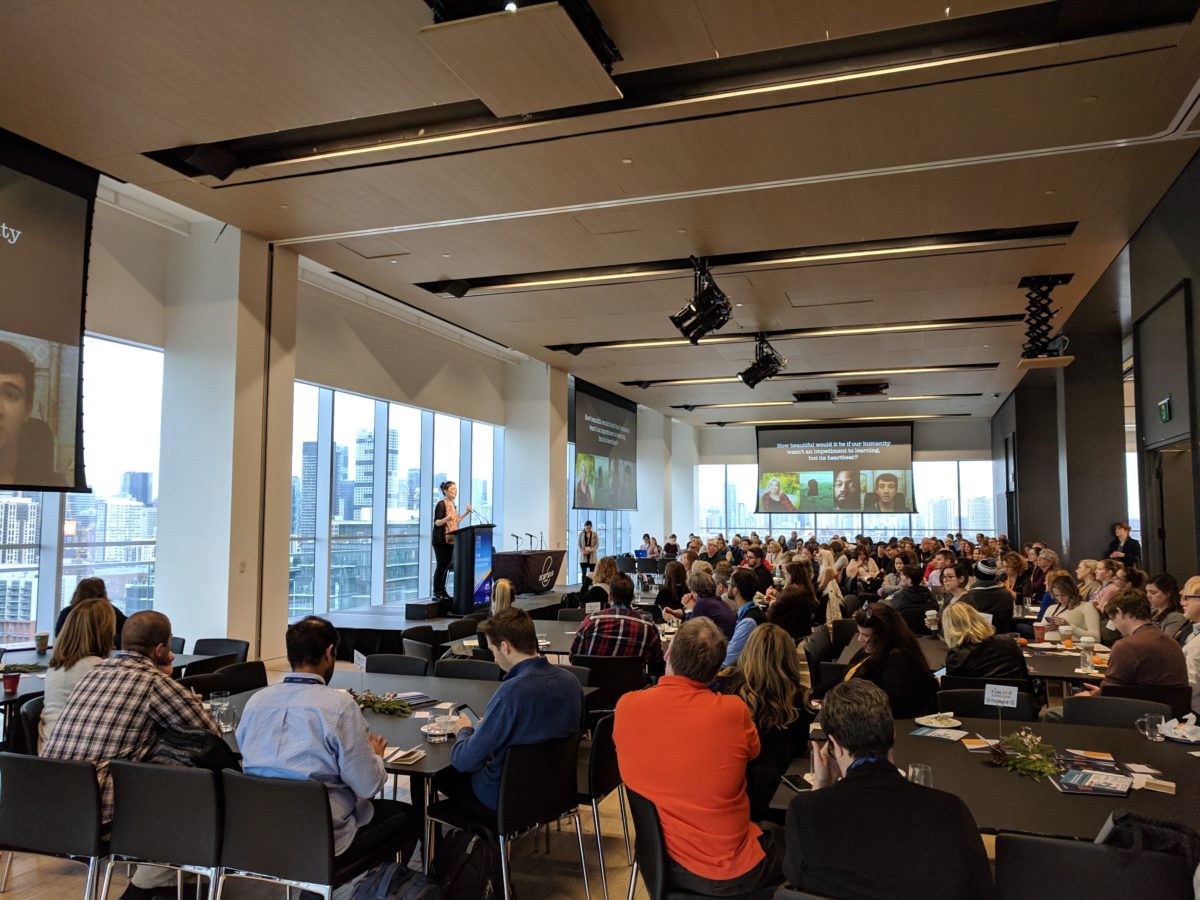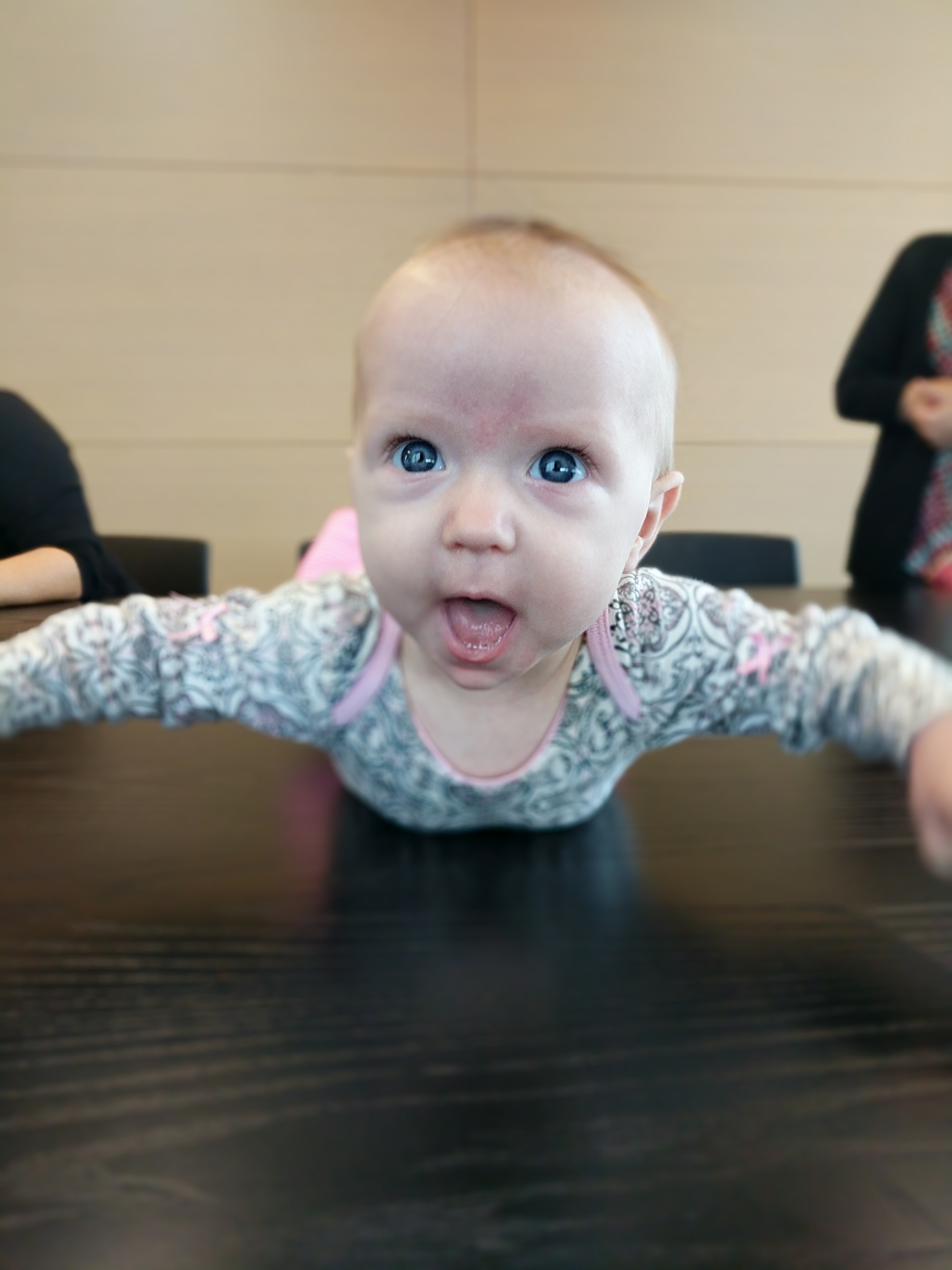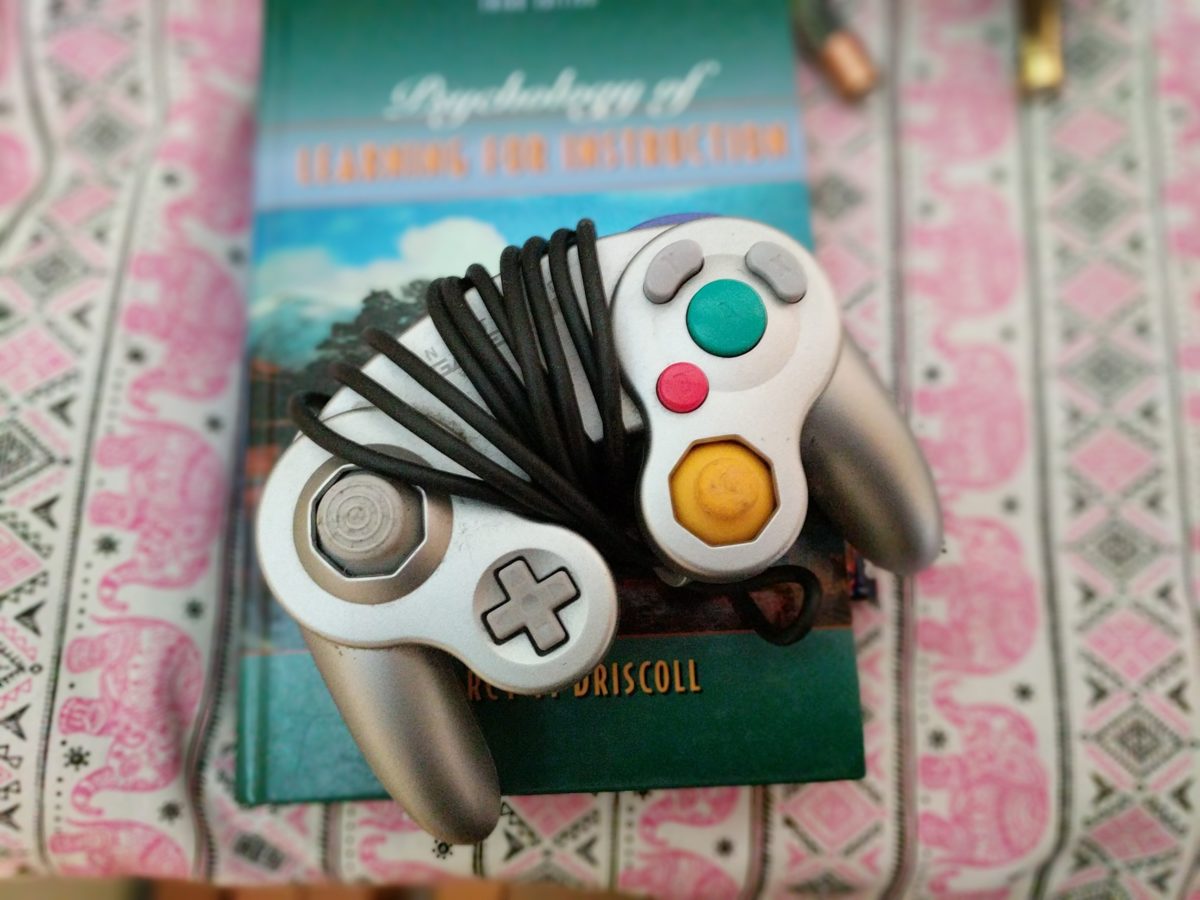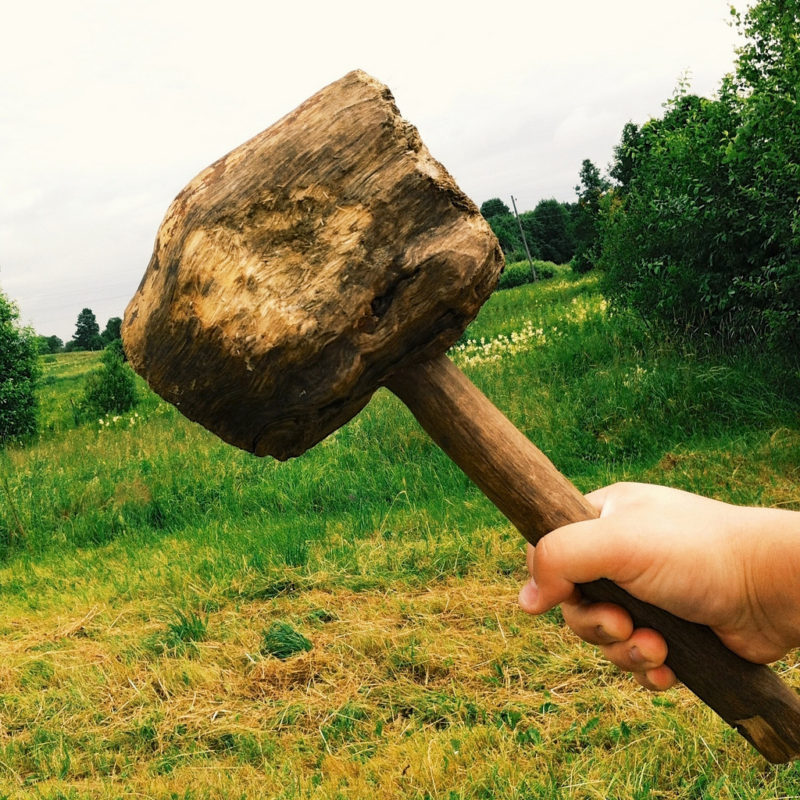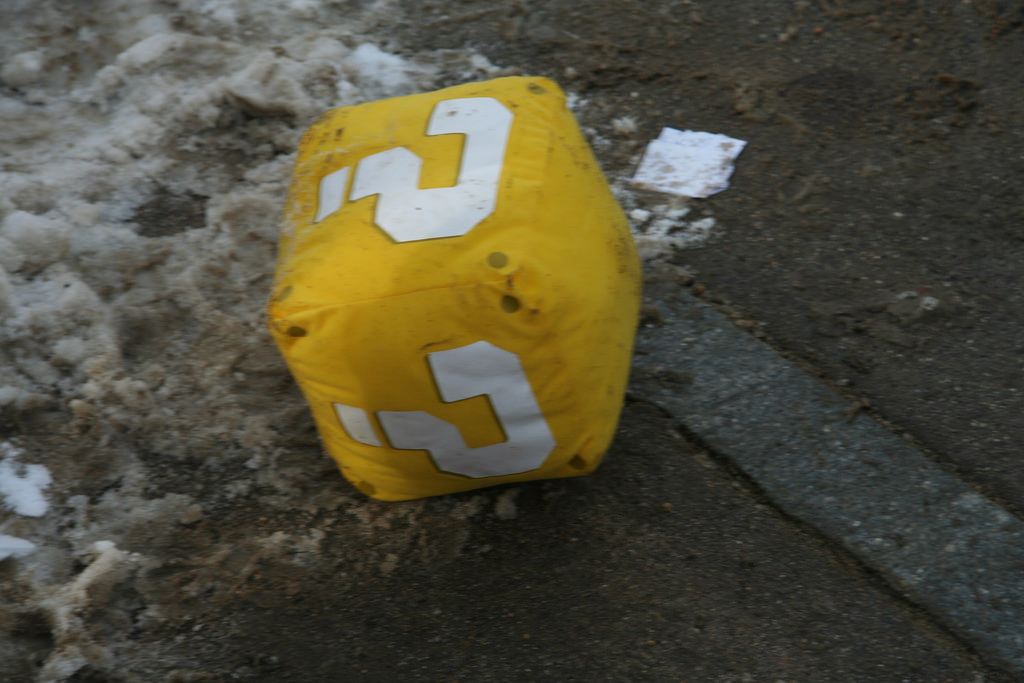I’m going to use my final Ontario Extend 9x9x25 post space to try to drum up some interest in a legacy project. Ontario post secondary institutions all have access to Pressbooks EDU sites. I think we should use one to make a Greatest Hits “album”.
As of this writing, the 9x9x25 activities have generated 339 blog posts from 44 different blogs. That is 7.7 each. Which either means that lots of people made it at least close to the end, or a few people went way over budget. I’m kind of doubting many people, other than Laura Killam, (we are all sure you have one of these, Laura) went over 9 posts.
I haven’t crunched any numbers yet, so tell me which numbers to crunch. We are going to create an infographic of what went on here to include in the Pressbook as well as share freely. Some ideas:
How many people made it to the end?
How many people made at least one post?
How many times were posts read?
How passionate was James Skidmore?
Closest to having a running theme throughout the posts?
Others?
Here is a nomination form to tell us about your favorite posts. You’ll be asked to offer up one of your own if you are involved as well as one other that you think is the best. Then there is an option to make up an award and award it and a place to suggest statistics to look for.
Funniest? Seriousest? Weirdest reference? Most innovative style? The post with the most feeling?
I will collect the nominations and begin to put together the Pressbook. Anyone who wants a little experience working in Pressbooks is welcome to join in/come in and see how things are shaping up.
And if you are reading this right as this is posted, come on over to a Pressbook webinar at noon with the both very awesome Peg French and Steel Wagstaff!
Still time to join the Pressbooks Party! There are a few spots remaining ~ mainly because there are unlimited spots. Learn about this open & amazing platform from the superest of the super users @steelwagstaff . Register: https://t.co/sZJSw5ITtK pic.twitter.com/zr1HKcpWfN
— peg french (@livingkatstone) November 28, 2018
Oh and also eCampusOntario’s wonderful graphic designer, Kim Nguyen, is working on an image for the 9x9x25 badge so stay tuned for how to claim your badge, you blogging superheroes!

